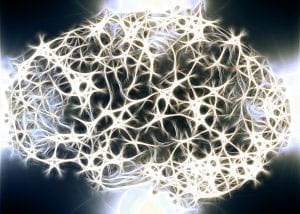Neurosarcoidosis
What is neurosarcoidosis?
Neurosarcoidosis is a form of sarcoidosis that is characterized by inflammation of the central nervous system. This inflammation damages the protective coating of nerve cells, the myelin sheath, leading to disruptions in nerve impulses. It typically affects the facial and cranial nerves, hypothalamus, and pituitary glands.
What are the symptoms of neurosarcoidosis?
Symptoms depend on which areas of the body are impacted. For example, if the pituitary gland is impacted then symptoms will include fatigue, excessive thirst, changes in the menstruation cycle, and excessive urination.
When the brain and cranial nerves are affected symptoms include headache, loss of sense of smell and taste, confusion, hearing loss, facial palsy, delirium, dizziness, vertigo, dementia, vision problems, seizures, issues with speech, and psychiatric disturbances.
When the peripheral nerves are impacted, symptoms include loss of movement, muscle weakness, numbness, and a tingling sensation.
What causes neurosarcoidosis?
Medical professionals are unsure as to what causes neurosarcoidosis. They do know a number of risk factors, however. These include being between 20 and 40, having specific immune system disorders, genetics, certain infections, having a history of sarcoidosis, and being of Swedish or African descent.
How is neurosarcoidosis diagnosed?
Doctors will first look at medical history and perform a neurological exam. They will then perform tests, such as MRIs, lumbar puncture, brain scans, nerve biopsies, and chest X-rays.
What are the treatments for neurosarcoidosis?
There is no cure for this condition, and treatment is symptomatic. Corticosteroids can lessen the intensity of symptoms, as they reduce inflammation. Occupational therapy, canes, and braces may be helpful as well. Pain medication can also be prescribed.








